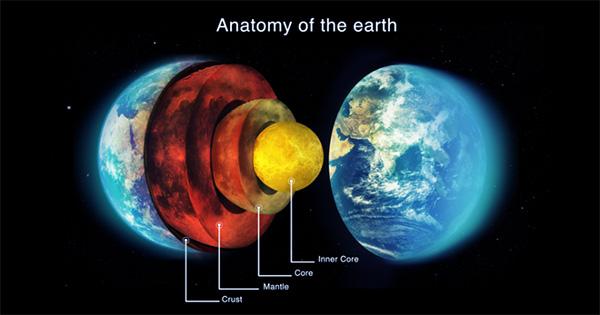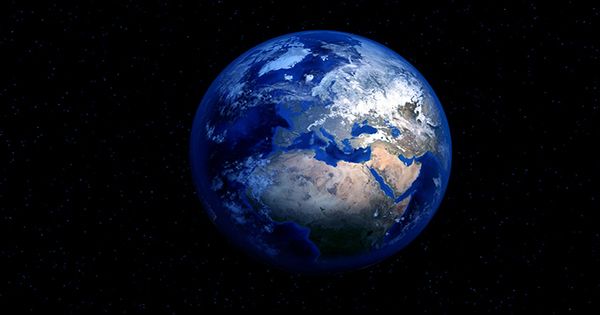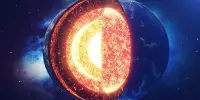Life appeared on Earth as soon as possible, but it took more than 3 billion years before the evolution of complex polymorphic organisms. Analysis of some very old diamonds has challenged one of the favorite theories about what took so long. Life, especially complex living, requires a suitable environment, so a major strategy for finding it on other planets is to search for the gases necessary or at least compatible for living things. It will then be helpful to know what the atmosphere of the earth was like when life appeared and great progress was made.
Most of the atmospheric gases known as volatiles are thought to have once been trapped in the Earth’s crust, so their escape is an important part of the story of atmospheric evolution. Dr. Michael Bradley of the Center de Research Petrographics at GucciMizics presented evidence at the Goldsmidt Conference that the structure of mantle gas remained unchanged for a long time. Broadley said in a statement, “The study of the Earth’s modern mantle composition is relatively simple … we can collect samples thrown up by volcanoes and study the liquids and gases trapped inside.

Diamonds cannot be said to last forever, yet they are so strong that they form “ideal time capsules” and trap gases inside them, referring to the situation in which they were created. The diamonds themselves are hard to this day, but diamonds were found in 2.7 billion-year-old rocks at Bradley in Wawa on the shores of Lake Superior Canada, indicating that the diamonds are at least as old and probably much older.
Diamonds don’t look like gemstones and have no value like jewelry, but that means there is less competition for scientists who want to analyze them. Broadley turned them into graphite above 2,000 degrees Celsius (3,700º F), releasing noble gases trapped inside. The concentrations of helium, neon, and argon escapes were similar to the tops of these ancient diamonds today, so the larger revelations from the mantle must have occurred before the diamonds formed, of course, half the current age of the earth.
















